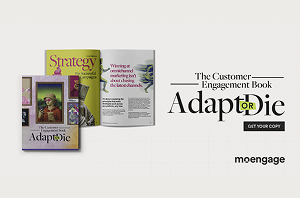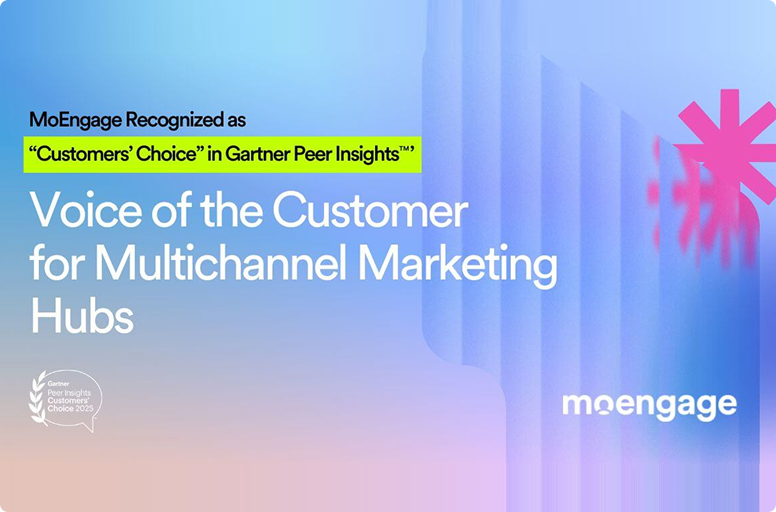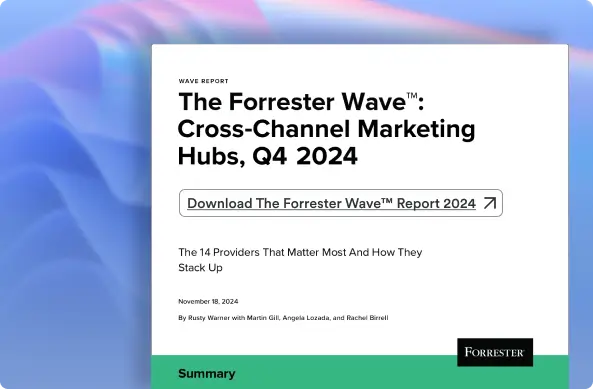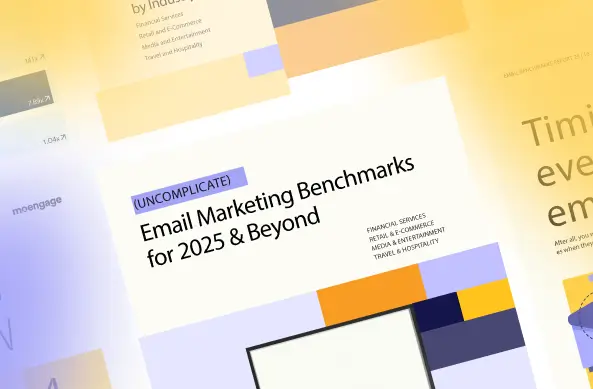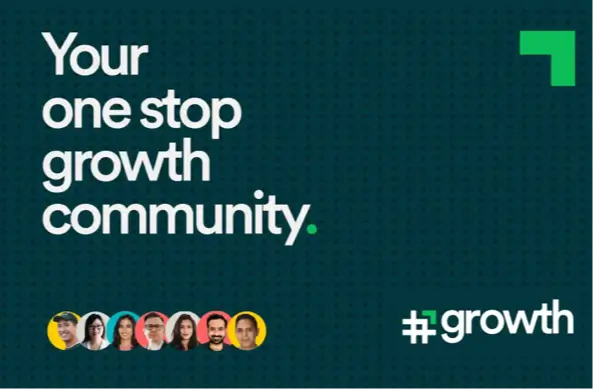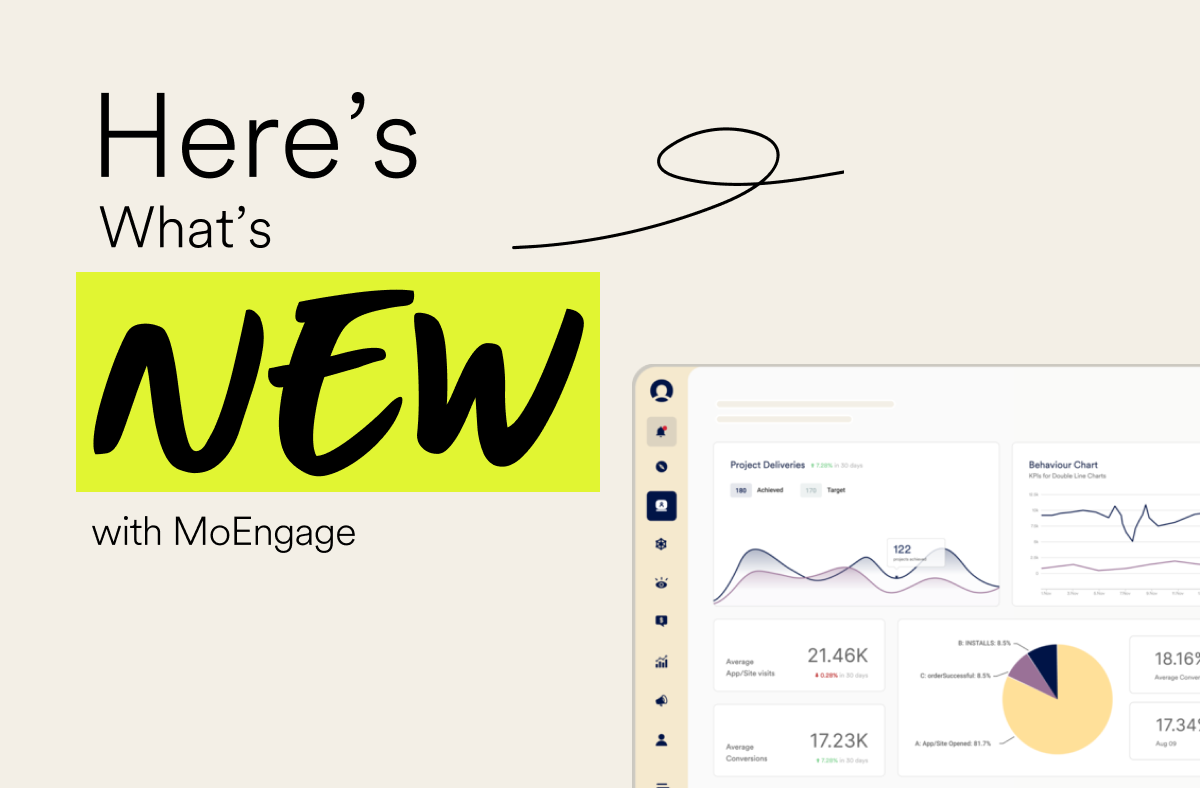Are You Sure This Is The Best Timing For That?
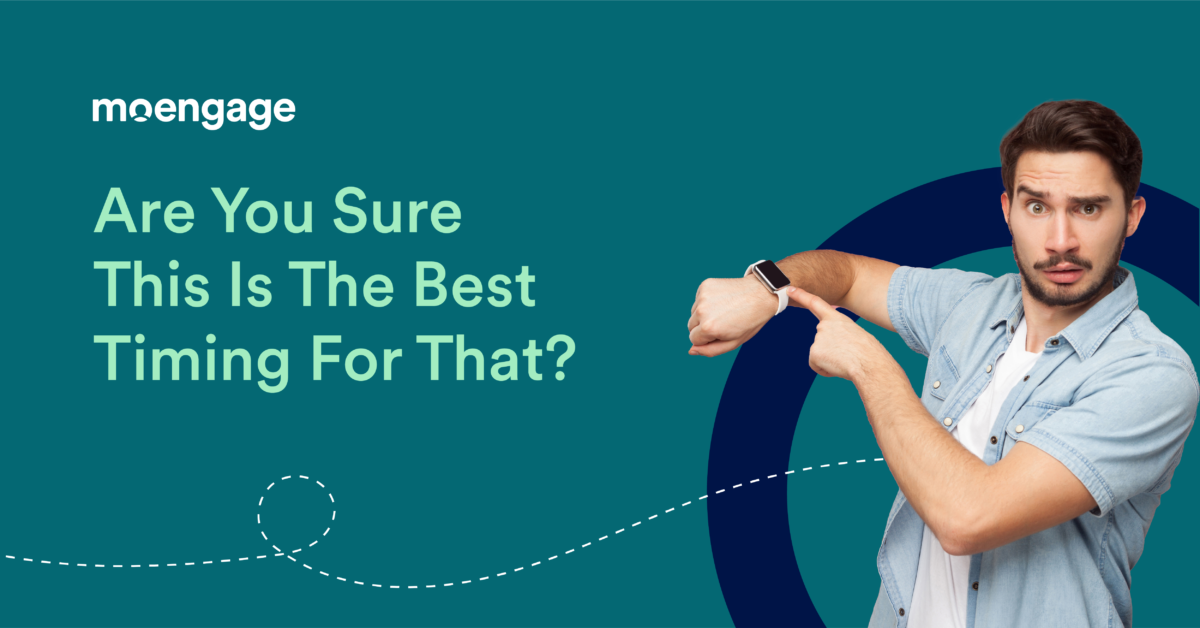
Reading Time: 5 minutes
Imagine how awkward it would be if you accidentally sent your customers a “good morning” text at 9 PM on a Friday. Or a “Bon Appetit!” email at 4 AM. Confusing, right? Your customers would probably be annoyed at the irrelevant messages. This is what happens when your marketing campaigns aren’t delivered at the right time to your customers.
But how do you figure out when is the best time to send an email, push notification, or SMS? Is it the same time for all customers? Is it a separate time slot for a certain type of customer? Or a different one for each customer, in which case the logistics seem impossible to achieve?
🎁 Here’s a gift for you: One infographic on the Best Time to Send feature 🎉 |
What if an Algorithm Took Care of This Decision For You?
MoEngage’s revolutionary Best Time to Send technology can now automatically decide the optimal time to send emails, push notifications, SMS marketing campaigns, and more!
| This proprietary new algorithm has been featured in Lattice, the prestigious machine learning journal by the Association of Data Scientists. You can get in touch with the MoEngage team to see how this will work for you. |
In this blog, we’re going to explore how this technology has helped brands increase conversion rates by up to 64%!
Is it Ever The Worst Time to Send Messages?
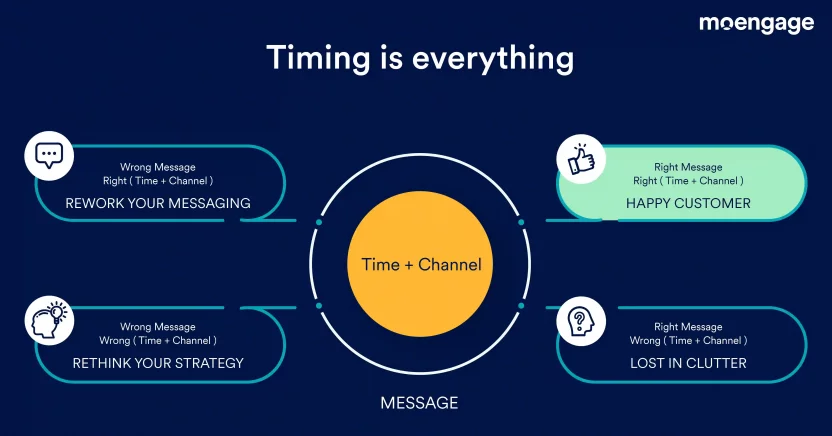
You might not agree with us on this one right away—but we’ll change your mind: Any messages that aren’t sent at the right time have been sent at the worst time. Why?
Firstly, consumers get irritated with irrelevant messages, especially when they’re delivered at the wrong time. If brands send badly timed messages too often, consumers might mute notifications or churn.
You can’t blame them for it either—would you be happy if your phone dinged with emails about a discount on mango juice when you’re struggling to fall asleep?
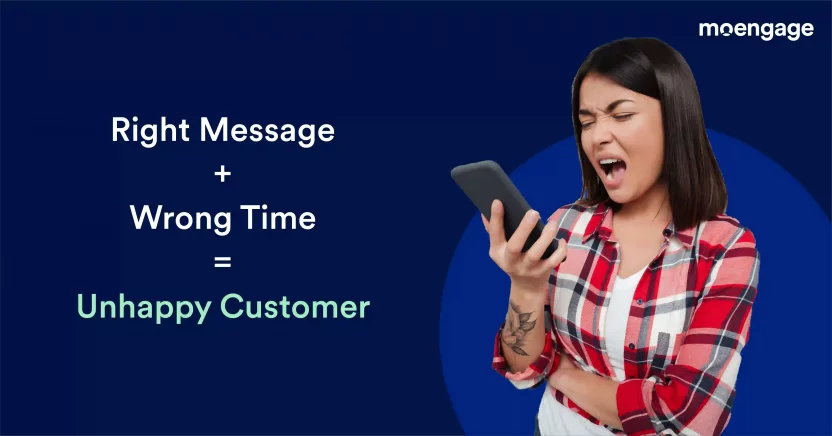
Secondly, every marketing campaign expends resources, be it time, effort, or money. These resources would be wasted if the campaign’s performance wasn’t good enough.
Campaigns that are sent at a bad time see significantly lower email engagement rates, higher unsubscribe rates, and unimpressive click-through rates.
Figuring Out The Right Time to Send Anything
Is your brand still relying on a generic email blast sent to consumers at a fixed time, say 10 AM on a Wednesday? Does your brand instead decide the time to send each campaign based on the nature of the content? Both of these methods are flawed.
Generic Communication Does Not Work
The first technique is flawed because it is inefficient to send out generic marketing emails or campaigns that aren’t segmented for the right audience and personalized to their preferences.
Studies show that email marketing campaigns that have been segmented and personalized see up to 44X greater engagement and conversion rates.
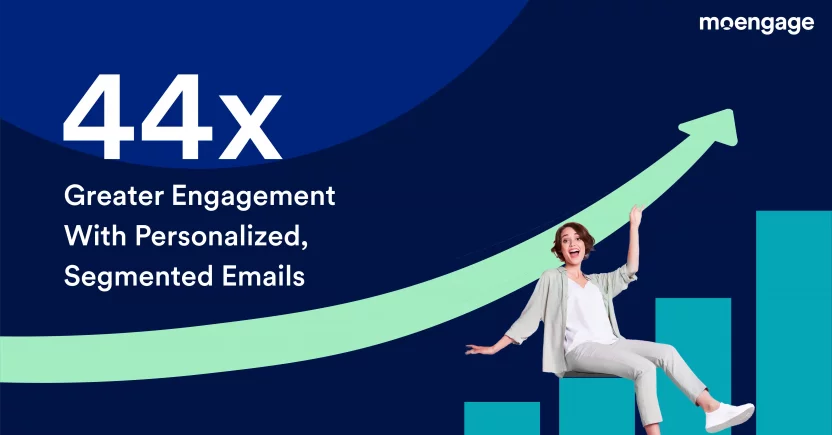
The same goes true for other marketing efforts such as push notifications, in-app messaging, WhatsApp messaging, or even a text message for an SMS campaign.
Marketer Bias Can Skew Your Experiment
The second technique is flawed because of something called marketer bias. Marketers tend to be biased toward decisions that confirm our preconceptions. As much as we try to step back and be objective about decisions, we’re only human, after all.
The only effective way to be truly objective about marketing decisions is to let the machine learn and make the decision for you.
The Solution
Knowing this, the data science team at MoEngage has devised an all-new way to determine the right time to send any campaign automatically, be it promotional emails, engagement notifications, push notifications, or others.
The Traditional Way to Solve This
Traditionally, marketers perform a statistical analysis of all times a consumer has interacted with the brand. Based on this data, you can heuristically mark out time slots during which the consumer has the highest engagement rates as compared to other time slots in the data period.
The problem with this, again, is marketer bias. The time slots defined by you might not be the ones ideal for the consumer.
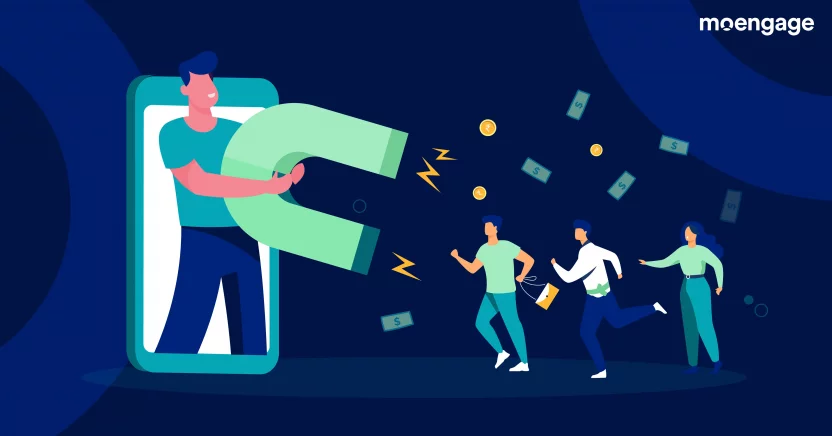
Another drawback is that you might never explore all possible time intervals of a day while setting up the test campaigns.
While this can be countered by possibly sending out campaigns at all possible times and marking out the results, this is an expensive affair.
The Smart Way to Solve This
MoEngage’s proprietary Best Time to Send algorithm automatically determines consumer affinity toward a product.
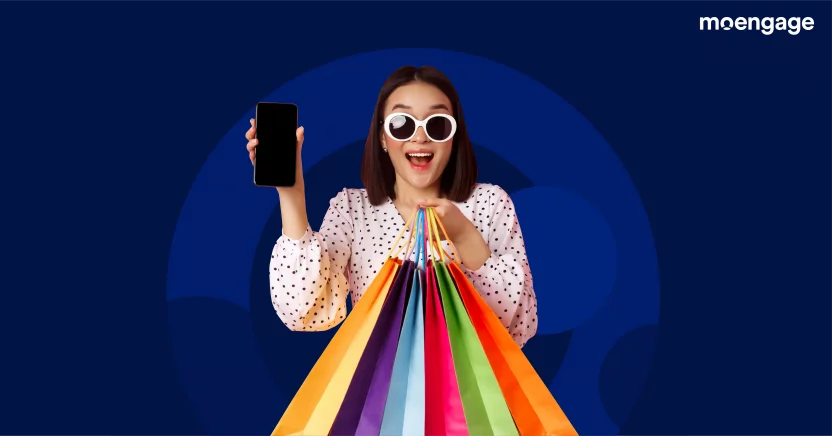
This affinity is mapped to consumer behavior, and the best time to send is calculated using the following technique:
- Compute the frequency of events performed by a consumer,
- Evaluate the likelihood of consumers to engage throughout the time period,
- Quantify the consistency of activity during the historical duration,
- Determine different weights to be assigned to each time period during the week,
- Create a weekday activation matrix that assigns values to each time period based on the previous parameters,
- Calculate the score for each hour based on the weekday activation matrix and the consistency of engagement observed.
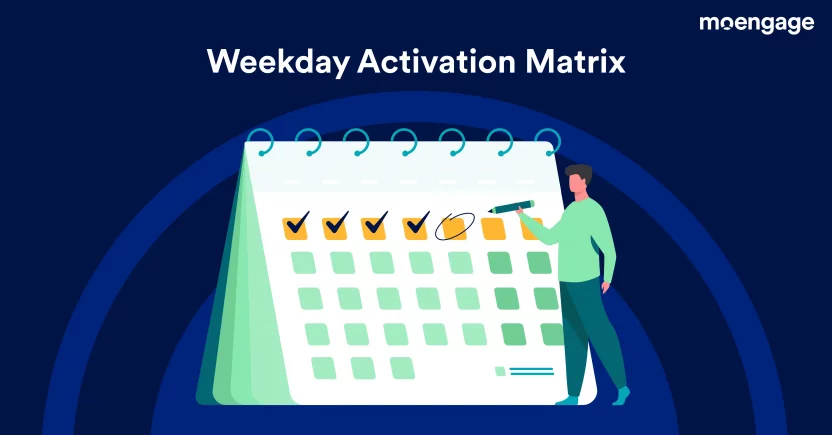
Does This Work?
Now that the technique is perfected, it’s time to start testing! (TL;DR, the MoEngage Best Time to Send algorithm, increases conversion rate by up to 64%.)
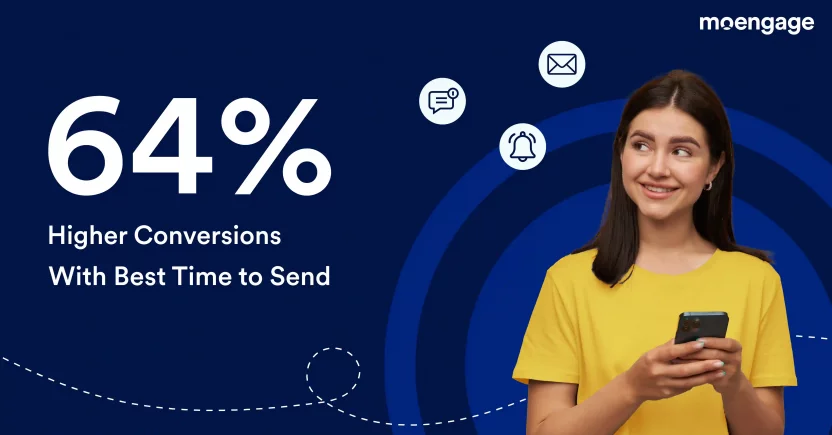
The data science team took the classic test + control approach to this. The team identified two segments of customers.
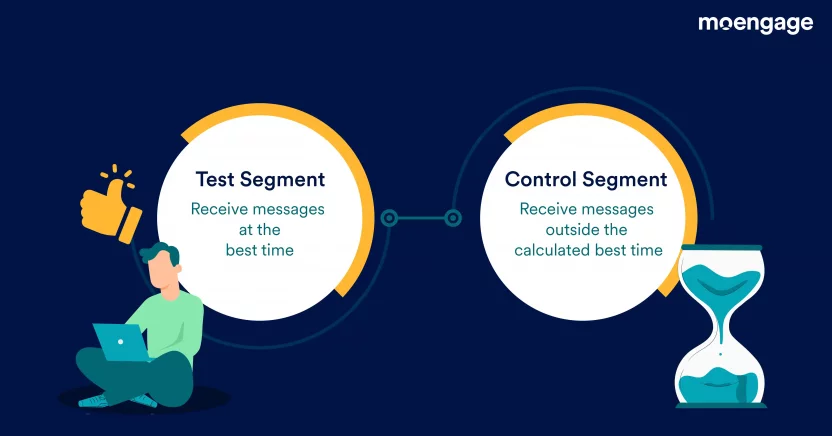
The Test Segment
The first segment received an email campaign that was sent during the best times to send and best days to send.
The Control Segment
The second segment received this email campaign at time periods outside of those identified by the algorithm.
The results were clear. The highest open rates and engagement rates were observed in the segment that received the campaign at the right time.
Higher open rates directly lead to greater engagement, more conversions, and greater retention.
How to Schedule Campaigns Based on Best Time
MoEngage Best Time to Send is calculated separately for email campaigns, push notifications, and SMS marketing campaigns.
The best time value is an hourly bucket calculated at an individual consumer level.
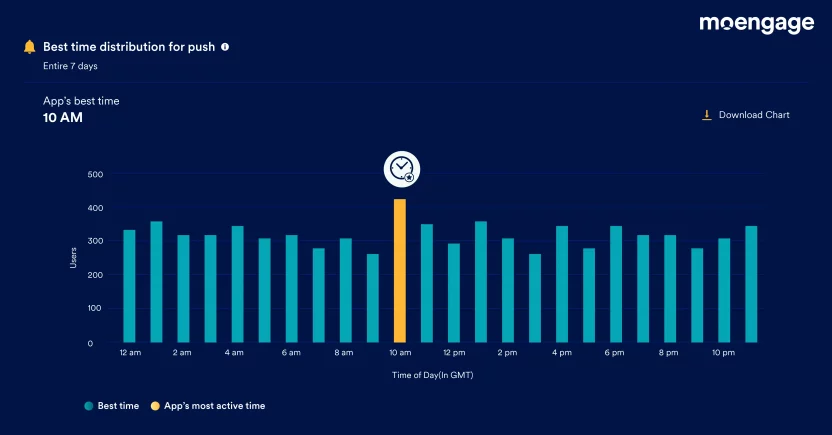
You can configure this option while creating your SMS, push, or email campaigns.
You can also create separate segments based on the best time to send value for a particular campaign.
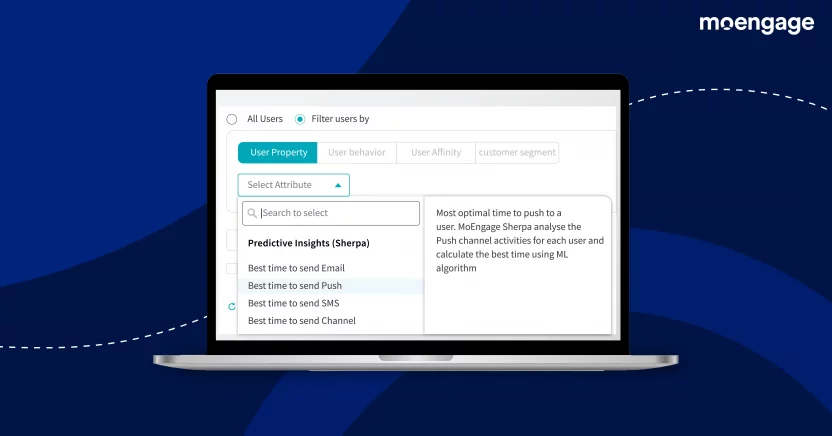
This is a revolutionary new feature that can be applied to any campaign, be it a retention, engagement, upsell, or resell campaign. Click the button below to get a quick demo of this feature.

